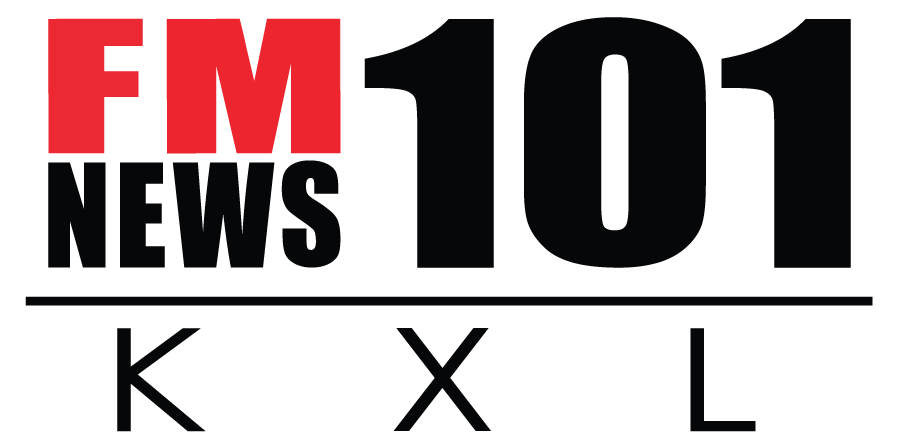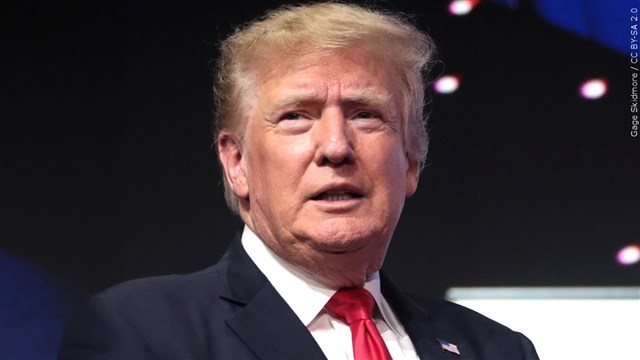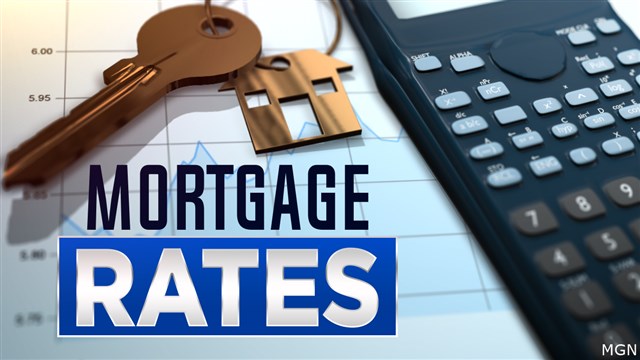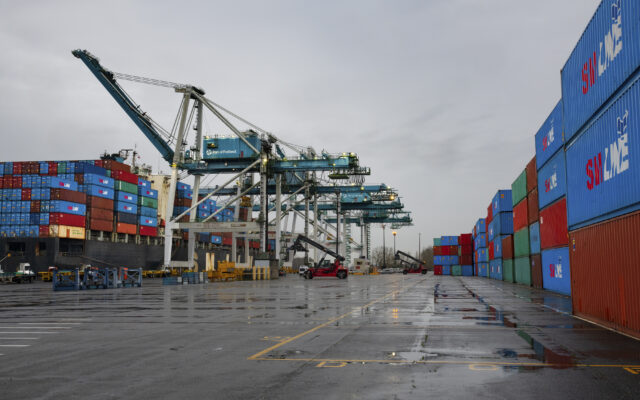You’re Paying More For Less As Corporate Profits Climb
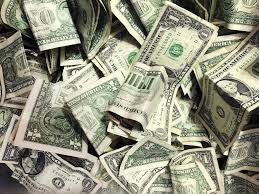
Portland, Ore. – If you stick to a usual grocery list every time you go shopping, you’ve probably noticed throughout the year you’ve been paying more each time. And if you aren’t, please let us know your secret. But have you noticed that you may be going through items more quickly? If you have felt that, you’re likely not imagining it. The Associated Press is reporting that hundreds of major companies are quietly shrinking package sizes without lowering prices, or even increasing prices in some cases. Currently, a small box of Kleenex has 60 tissues; a few months ago, it had 65. Gatorade bottles are down from 32-ounces to 28. Cottonelle toilet paper has shrunk from 340 sheets per roll to 312. Your “party” sized bag of chips is down to 15.5 ounces from 18. And most importantly, your beloved Domino’s Pizza chicken wings come in 8 piece sets instead of 10 now. As inflation continues to plague the country; increasing the costs for ingredients, packaging, labor and transportation, many companies are using a tactic called “shrinkflation” to combat the losses.
“It’s not a formal term, and this isn’t a new phenomena, and what it is; when costs are going up for businesses they might change the standard size of what you would buy in a store. So you think you’re going in to get a pint of ice cream, and it turns its actually a bit smaller than that, but for the previous price. So in effect you’re paying more,” Scott Bailey tells us.
This practice often comes during high periods of inflation, but this time it’s happening as profits for many companies are surging. One analysis of 100 US corporations, found net profits were up by a median of 50-percent. Bailey, who is the regional economist for the Washington Employment Security Department, found similar data.
“If costs are going up, for whatever reason. Raw materials for example or because we’ve seen some of these supply chain issues. Then of course for a business to stay profitable it will need to raise its prices. But what we’ve seen is prices going up much more than would be needed to cover costs and maintain profits where they are. Depending on your measure, profits are up, about in the neighborhood, of 50-percent or more,” said Bailey. “When you divide that out, that works out to over $2,000 for every person in America. So if you’re a family of four, that’s $8,000 of your money going to corporate profits. It’s almost as if the stimulus that a lot of households got, has been eaten up and gone into corporate profits.”
Economists say companies do this to seize on the opportunity of inflation. Highlighted by a now viral clip from the CEO of Kroger (Fred Meyer’s parent company) when he said “a little bit of inflation is always good for our business.” That’s because businesses know consumers are expecting to pay more for things, and are unlikely to face pushback if it does shrink the size of a product or raise the price. They’re seeing how far they can push prices under the guise of inflation.
“If you look at gasoline, we’re actually consuming a bit less gasoline than before COVID, but of course the price has gone way up. And that was even before the war in Ukraine,” Bailey said. “There were issues where supply was constrained and that sent the price up. And profits have gone up hugely for the big oil companies.”
Bailey continues by sharing one reason “shrinkflation” is worse this time around then in other moments of history.
“If you look at what’s happened economically in this country over the last 40 years, is that there’s been increasing monopolization. You have industries or producers of different products where there’s only one or a handful of producers (largely due to an increase in mergers. Seventy-five percent of all American industries have become more concentrated in the last two decades according to the Wall Street Journal). And without that competition to keep prices and profits reasonable they’re really in a position to take advantage of things.”
This behavior by big business is actually contributing to the issue of inflation.
“One study showed that half of the current inflation rate, which is around eight percent, is due simply to profits going up,” Bailey said. “If you read various media reports, all sorts of things are getting the blame for inflation; whether its wages going up, or the stimulus package was too big, or supply chain issues. And there’s a certain amount of truth in each of those, it’s a matter of how much do each of those contribute to the eight percent inflation were seeing. But right now corporate profits are the biggest factor.”
This trend didn’t just appear in 2022 either, as profits among major companies even continued to climb during the pandemic despite stories of struggle. US commerce department data found that corporate profits rose 35 percent during the last year and are at their highest level since 1950.
